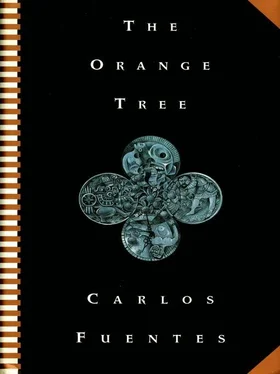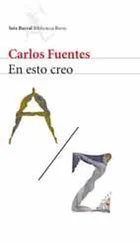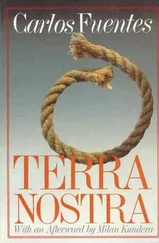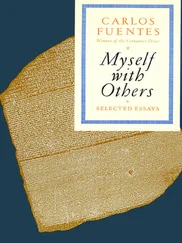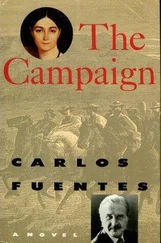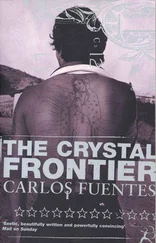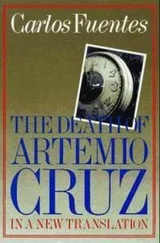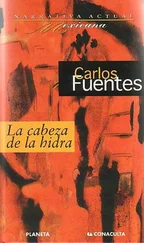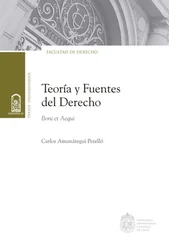At that instant, I could not keep from looking toward a man whose face was tattooed, and whose ears and lower lip were pierced with plugs, surrounded by his wife and three children, whose eyes were begging me for what I already knew. I went on, turning my eyes back to Cortés and seeing that he saw everything.
“Ten men reached this place. Nine were killed, and only I survived. Why did they leave me alive? I’ll go to my grave not knowing. There are mysteries it’s better not to inquire into. This is one of them … Imagine a shipwrecked man, almost drowned, naked, and washed up on a beach as hard as mortar, with a single hut and in it a dog that did not bark when it saw me. Perhaps that saved me, because I sought protection in that shelter while the dog went out to bark at my shipmates, provoking the alarm and attack of the Indians. When they found me hidden in the hut, with the dog licking my hand, they laughed and joked. The dog wagged his tail with joy, and I was taken, not with honors but with camaraderie, to the cluster of primitive huts erected next to the great pyramidal constructions now covered with vegetation …
“Ever since, I’ve been useful. I’ve helped to build. I’ve helped them plant their poor crops. But I also planted the seeds of an orange tree that came, along with a sack of wheat and a cask of red wine, in the lifeboat that tossed us up on these shores.”
Cortés asked me about my other comrades, staring fixedly at the Indian with the tattooed face accompanied by a woman and three children.
“You haven’t told me what happened to your comrades.”
In an attempt to distract Cortés’s insistent gaze, I went on with my story, which I didn’t want to do, finding myself obliged to say what I then told.
“The chiefs in the area divided us among them.”
“There were ten. I see only you.”
Again I fell into the trap: “Most were sacrificed to the idols.”
“And what about the women?”
“They died. The Indians made them grind corn, and they weren’t used to spending that much time on their knees in the sun.”
“And what about you?”
“They kept me as a slave. All I do is bring in firewood and weed the cornfields.”
“Want to come with us…?”
Cortés asked me that, again staring at the Indian with the tattooed face.
“Jerónimo de Aguilar, born in Ecija,” I blurted out hastily to distract the captain’s attention.
Cortés walked over to the Indian with the tattooed face, smiled at him, and patted the head of one of the children, who had curly blond hair despite his dark skin and black eyes. “Cannibalism, slavery, and barbarous customs,” said Cortés, staring directly at my unrecognizable companion. “Do you want to stay in this life?”
My only concern was to distract him, capture his attention. As luck would have it, in my old mantle I’d kept one of the oranges, the fruit of the tree Guerrero and I planted here. I showed it to him as if for a moment I was the King of Coins in our Spanish playing cards: I had the sun in my hands. Could any image verify a Spaniard’s identity better than the sight of a man eating an orange? I sank my teeth avidly into the skin until they found the hidden flesh of the orange, her flesh, the woman-fruit, the feminine fruit. The juice ran down my chin. I laughed, as if saying to Cortés, What better proof could you want that I’m a Spaniard?
The captain didn’t answer me, merely expressing his pleasure that oranges could grow here. He asked me if we had brought it, and I, to distract his attention, which was fixed on the unrecognizable Guerrero, said we had, but that in these lands the oranges were larger, not as highly colored, and more bitter, almost like grapefruit. I told the Mayas to gather a sack of orange seeds for the Spanish captain, but he insisted on asking that same question again, staring fixedly at the imperturbable Guerrero: “Do you want to stay in this life?”
He said it to the man with the tattooed face, but I quickly answered that I didn’t, that I renounced living among these pagans and would be delighted to join the Spanish troops to wipe out all abominable customs or beliefs and to implant our Holy Religion here … Cortés laughed and stopped patting the child’s head. He told me then that since I spoke the language of the natives and a bad but comprehensible Spanish, I would join him as his interpreter to translate from Spanish to Maya and from Maya to Castilian. He turned his back on the Indian with the tattooed face.
I had promised my friend Gonzalo Guerrero, the other survivor of the shipwreck, that I wouldn’t reveal his identity. It was, in any case, difficult to discern. His tattooed face and pierced ears. His Indian wife. And the three mestizo children Cortés patted on the head and stared at with such prolonged curiosity.
“Brother Aguilar,” Guerrero said when the Spaniards arrived. “I’m married, I have three children, and among these people I’m a chief and captain in war. You go your way, but my face is tattooed and my ears pierced. What would the Spaniards say if they saw me this way? And you can see how adorable my children are, and how sweet my woman is…”
She scolded me angrily, telling me to go away with the Spaniards and to leave her husband in peace …
I had no other intention. It was indispensable that Gonzalo Guerrero remain here so that my own grand enterprise of discovery and conquest be carried out. Ever since we’d arrived here eight years before, Guerrero and I had taken great pleasure in seeing the great Mayan towers at night, when they seemed to come back to life and reveal in the moonlight the exquisite carved script that Guerrero, who came from Palos, said he’d seen in Arab mosques and even in the recently reconquered Granada. But during the day, the sun whitened the great structures to a blinding degree, and life concentrated in the minutia of fires, resin, dyes, and washing, the crying of children, the savory taste of raw deer meat: the life of the village that lived right next to the dead temples.
We entered into that life in a natural way. It’s true, of course, that we had no other prospects, but most of all it was the sweetness and dignity of these people that conquered us. They had so little and yet wanted no more. They never told us what had happened to the inhabitants of the splendid cities that resembled biblical descriptions of Babylon and watched over the details of everyday life in the village; we felt it was a kind of respect reserved for the dead.
Only little by little did we learn, connecting bits and pieces of stories here and there as we acquired the language of our captors, that once there were great powers here, which, like all great powers, depended on the weakness of the people and needed to fight other strong nations to convince themselves of their power. We were able to deduce that the Indian nations destroyed each other while the weak people survived, stronger than the strong. The greatness of power fell; the small lives of the people survived. Why? We’ll have time to understand why.
Guerrero, as I said, married an Indian and had three children. He was a seaman and had worked in the Palos shipyards. So when the expedition led by Francisco Hernández de Córdoba came to this land a year before Cortés, Guerrero organized the Indian counterattack that caused the calamitous defeat of the expedition right on the coast. Thanks to that, he was raised to the rank of chief and captain, becoming part of the defensive organization of these Indians. Thanks to that as well, he decided to stay among them when I left with Cortés.
Why did Cortés leave him when he’d guessed — his facial expressions all revealed it — who Guerrero was? Perhaps, I later thought, because he didn’t want to bring a traitor along. He could have killed him right then and there: but then he couldn’t have counted on peace and the good will of the Catoche Mayas. Perhaps he thought it was better to abandon Guerrero to a destiny devoid of destiny: the barbarous wars of sacrifice. But it’s also true that Cortés liked to postpone revenge, just to enjoy it more.
Читать дальше
